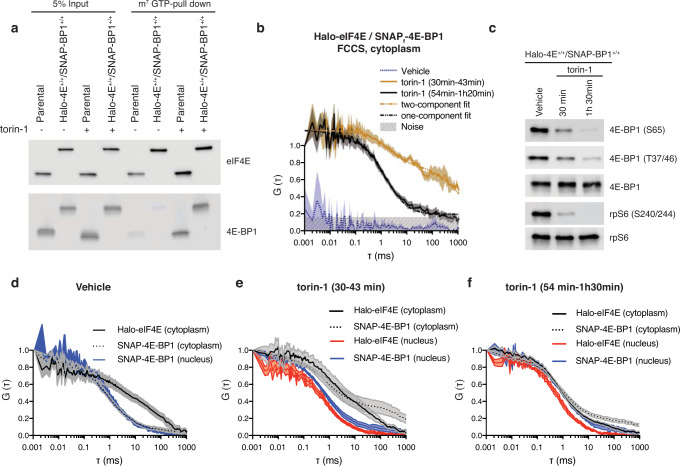Fig. 2. eIF4E is released from the 5’cap upon binding to 4E-BP1.
a Differentiated parental and mESC in which Halo and SNAPf tags were inserted into the EIF4E and 4EBP1 locus, respectively (Halo-4E+/+/SNAP-BP1+/+), were treated with vehicle (DMSO) or 250 nM torin-1 for 1 h and 30 min. Total cell lysates (Input) were subjected to cap-pull-down assay and analyzed by western blotting using the indicated antibodies. The Halo and SNAPf tags do not affect eIF4E:4E-BP1 binding upon mTOR inhibition. b mESC double knock-in described in (a) were treated with vehicle (DMSO) or 250 nM torin-1. Simultaneous diffusion of JF585Halo-eIF4E and JF646SNAPf-4E-BP1 was analyzed by dual color cross-correlation spectroscopy in the indicated conditions. Cross-correlation was detected, in the cytoplasm, 30 to 1 h 20 min upon mTOR inhibition and with differential diffusion speed. The vehicle showed no correlation over time (gray) (N = 10 ± SEM). c mESC double knock-in described in (a) was treated with vehicle (DMSO) or 250 nM torin-1 for 30 or 90 min. Total cell lysates were analyzed by western blotting using the indicated antibodies. 4E-BP1 and rpS6 were used as loading controls. d–f Individual diffusion of JF585Halo-eIF4E and JF646SNAPf-4E-BP1 was analyzed by FCS in control cells (vehicle) (d) or in torin-1 treated cells (e, f). Averaged autocorrelation curves show two Halo-eIF4E components (fast and slow) and one-fast SNAPf-4E-BP1 component in the cytoplasm of translating cells. The nuclear diffusion of SNAPf-4E-BP1 is depicted in blue (d). Upon 30–43 min torin-1 treatment, SNAPf-4E-BP1 diffusion slows down in the cytoplasm with Halo-eIF4E still moving slower than its nuclear counterpart (e). After 54–90 min torin-1 treatment, both Halo-eIF4E and SNAPf-4E-BP1 autocorrelations show overall fast diffusion (f) (N = 10 ± SEM).

